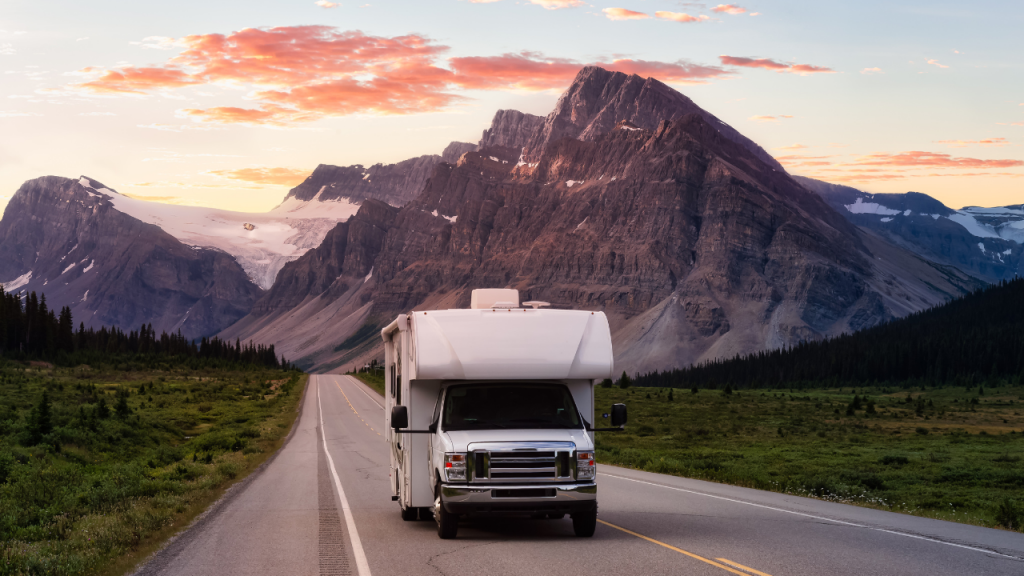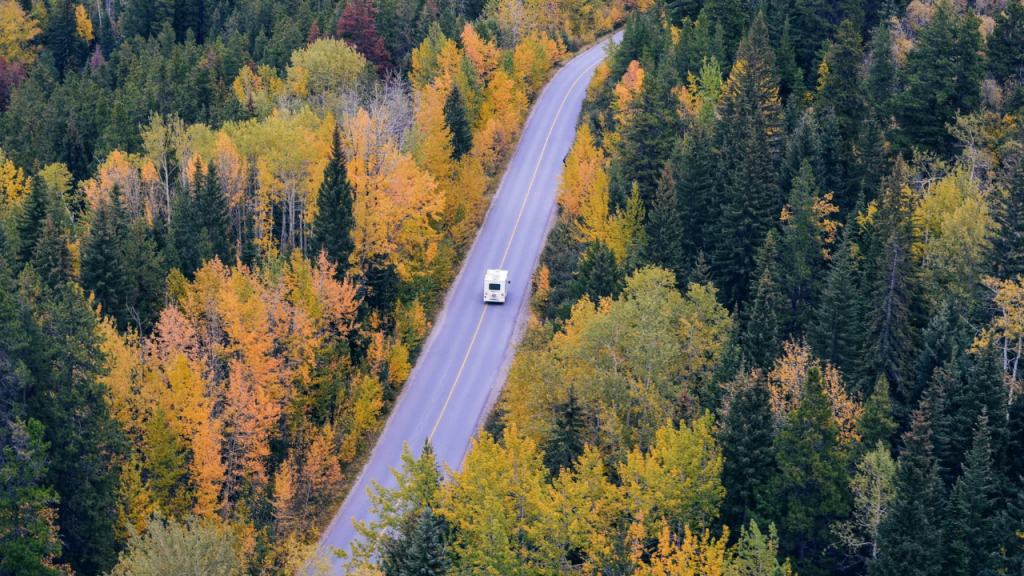RV Route Planning Made Easy: Avoid Hazards, Save Time & Travel Smart

Why Route Planning Matters for RV Travel
RV travel offers the kind of freedom that car trips can’t compete with — waking up to mountain views, chasing warmer weather, or finding hidden gems along scenic highways. But with that freedom comes responsibility: not every road is RV-safe, and not every parking lot is RV-welcome.
Here’s why planning your route ahead of time makes all the difference:
🚧 Not All Roads Are RV-Friendly
Back roads and scenic byways might look tempting, but they often come with steep grades, sharp turns, narrow lanes, or low-clearance bridges — none of which play nice with a big rig. One wrong turn could leave you stuck, rerouting, or facing expensive damage.

🧠 What to Consider When Planning Your RV Route
Planning an RV route isn’t just about plugging a destination into your GPS. You’ll want to factor in RV-specific challenges and conveniences to ensure your trip goes smoothly. Here are a few things to keep in mind:
- RV Size & Weight: Know your RV’s height, length, and weight. Some roads, tunnels, and bridges have limits that could pose serious issues.
- Gas Stops: Map out fuel stations that can accommodate RVs. You don’t want to be stuck in the middle of nowhere with a thirsty rig and nowhere to turn.
- Campsite Reservations: Plan where you’ll sleep in advance, especially during peak travel seasons. Not all campgrounds allow drop-ins, and RV spots can fill up fast.
- Road Conditions: Avoid steep grades, hairpin turns, and unpaved roads unless your RV is built for it.
- Time of Day: Try to arrive before dark when setting up at a new campground — backing into unfamiliar spots is tough without daylight.
🗺️ Tools to Help You Map the Best RV Route
You don’t have to plan your route from scratch — there are tools built specifically with RVers in mind. These apps and maps can help you avoid trouble spots and stay on track:
- RV-Specific GPS Apps: Use apps like RV Life GPS or CoPilot RV that let you input your vehicle’s dimensions and avoid unsafe roads.
- Campground Directories: Sites like Campendium or The Dyrt help you plan where to stay along your route with reviews, photos, and amenities.
- Offline Maps: Always have a backup. Google Maps lets you download maps for offline use, and RV apps like iOverlander can help when you lose service in remote areas.
You don’t need all of these, but using at least one RV-friendly tool can save you major stress on the road.
🎯 RV Route Planning Tips for a Smoother Trip
Before you hit the road, keep these quick tips in mind to make your travels easier and more enjoyable:
- Start Early: Plan your route at least a few days before your departure. This gives you time to check for detours, weather, or campground availability.
- Avoid Night Driving: RVing is safest during daylight hours when you can clearly see signs, road conditions, and low-hanging obstacles.
- Build in Buffer Time: Don’t pack your schedule too tight. Give yourself time for breaks, unexpected delays, and spontaneous fun stops.
- Have a Backup Plan: Weather, road closures, or campground mix-ups happen. Always know your alternate stops or routes just in case.
- Print It Out: Tech fails. Keep a printed version of your planned route and stops handy — especially for remote areas with poor service.
Ready to plan your next RV adventure? Start with our free RV Essentials Checklist to make sure you’ve got everything you need — gear, tips, and peace of mind.
Download the Checklist Now
